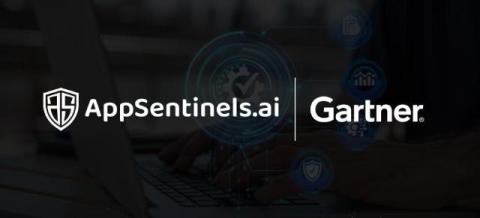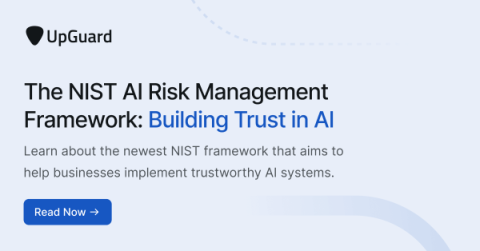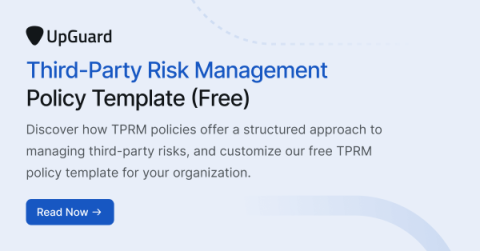Tutorial: Learn the Basics of Active Directory
Active Directory (AD) is the cornerstone of any on-premises or hybrid Microsoft environment. It stores information about users, computers and other objects, and provides vital services that enable employees to be productive and business processes to run. This article covers the Active Directory basics you need to know.











